Entry Category: Museums and Historic Sites
 Perryman Hardware
Perryman Hardware
Perryville American Legion Building
aka: Doyle-Leach Post American Legion Hut
Peter Dierks Joers House
Petit Jean Rock Art Sites
 Pfeifer Brothers Department Store
Pfeifer Brothers Department Store
Phillips County Courthouse
Phillips County Penal Farm Historic District
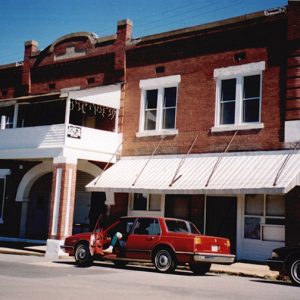 Phoenix Hotel
Phoenix Hotel
Phoenix Hotel
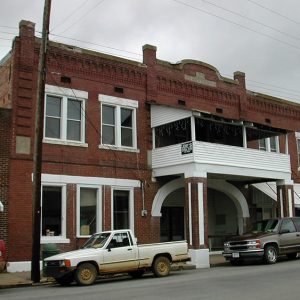 Phoenix Hotel
Phoenix Hotel
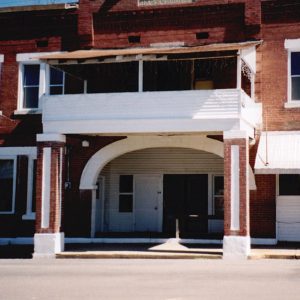 Phoenix Hotel Entrance
Phoenix Hotel Entrance
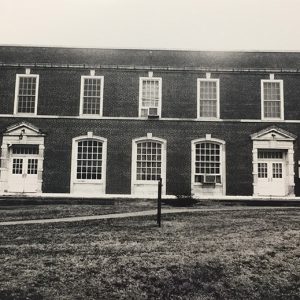 Physical Education Building
Physical Education Building
Physical Education Building (Arkansas Tech University)
aka: Techionery Building
Piggott National Guard Armory
Piggott Post Office
Pike County Courthouse
Pike-Fletcher-Terry House
Pine Bluff Commercial Historic District
Pine Bluff National Guard Armory
Pine Bluff Street Historic District
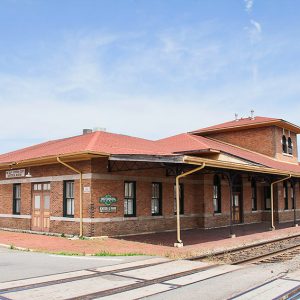 PineBluff/Jefferson County Historical Museum
PineBluff/Jefferson County Historical Museum
Plantation Agriculture Museum
 Plantation Agriculture Museum
Plantation Agriculture Museum
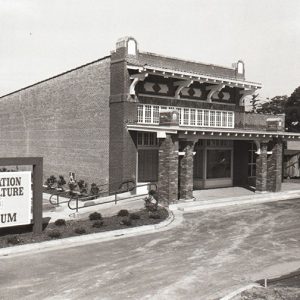 Plantation Agriculture Museum
Plantation Agriculture Museum
 Plantation Agriculture Museum Dedication Speech
Plantation Agriculture Museum Dedication Speech
 Plantation Agriculture Museum Invitation
Plantation Agriculture Museum Invitation
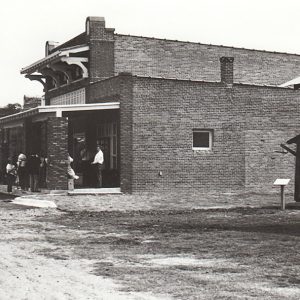 Plantation Agriculture Museum Opening Day
Plantation Agriculture Museum Opening Day
 Plantation Agriculture Museum Press Release
Plantation Agriculture Museum Press Release
 Plantation Agriculture Museum Program
Plantation Agriculture Museum Program
Planters Bank Building
Pleasant Hill United Methodist Church (Saline County)
Pleasant Street Historic District
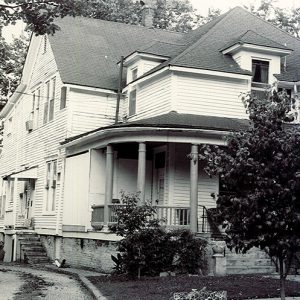 Pleasant Street Historic District
Pleasant Street Historic District
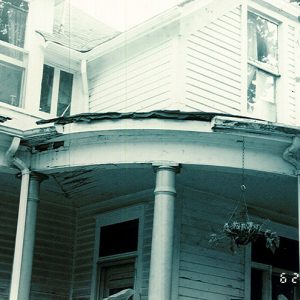 Pleasant Street Historic District
Pleasant Street Historic District
 Pleasant Street Historic District
Pleasant Street Historic District
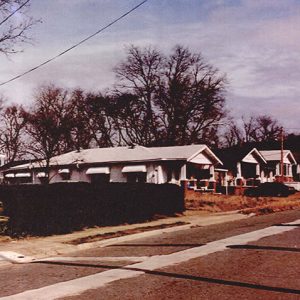 Pleasant Street Homes
Pleasant Street Homes
Plum Bayou Log House
 Plum Bayou Mounds Visitors Center
Plum Bayou Mounds Visitors Center
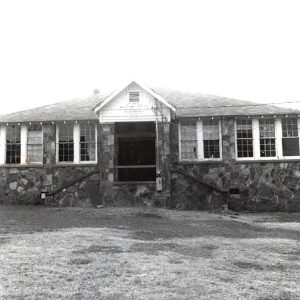 Plumerville School Building
Plumerville School Building
Plumerville School Building
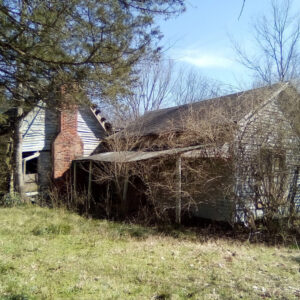 Plummer's Station
Plummer's Station
Pocahontas Commercial Historic District
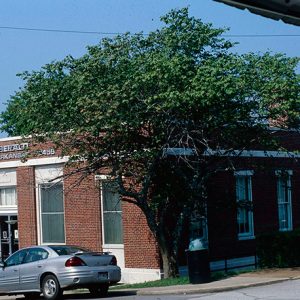 Pocahontas Post Office
Pocahontas Post Office
Pocahontas Post Office (Historic)
 Pocahontas Water Tank
Pocahontas Water Tank
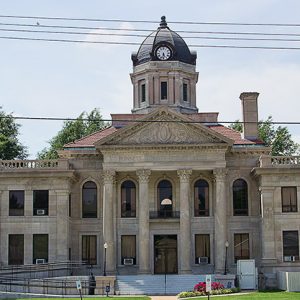 Poinsett County Courthouse
Poinsett County Courthouse




